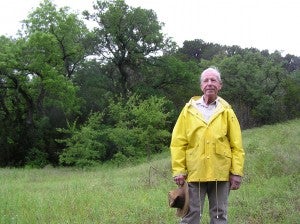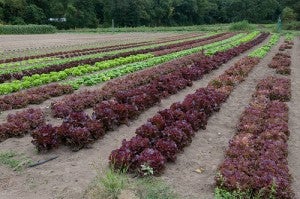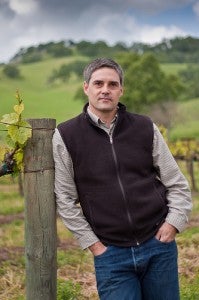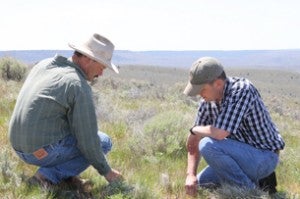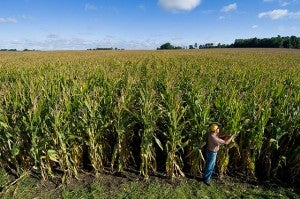I’m going to take you back to 2005, to a ranch in the Texas Hill Country, where Dr. Gene Murph operates an 80-head cattle operation on 1,300 acres of rangeland.
The ranch is vast, with rolling hills and wooded ravines. The only sounds on the ranch are those of cattle mooing in the pastures and birds trilling in the trees. If you listen closely enough, you can hear the signature call of the golden-cheeked warbler. If you look closely enough, you can spot the bird’s sunshine-yellow face.
The golden-cheeked warbler was listed as an endangered species in 1990, making Dr. Murph’s ranch a vital stronghold for subpopulations, which nest at select sites scattered throughout 33 counties in central Texas.
Another nearby stronghold for the bird is the Fort Hood Army Base, only a few miles down the road from Dr. Murph’s ranch and home to the largest known population of golden-cheeked warblers. Read More










